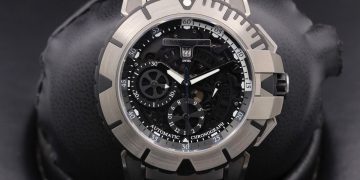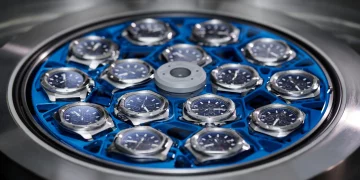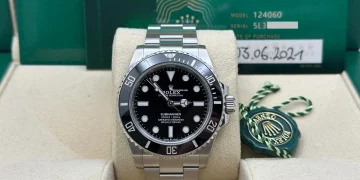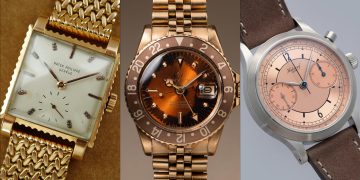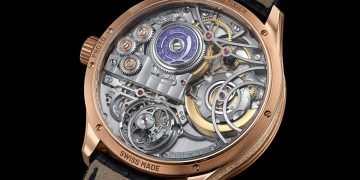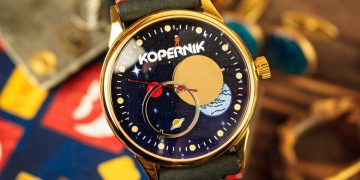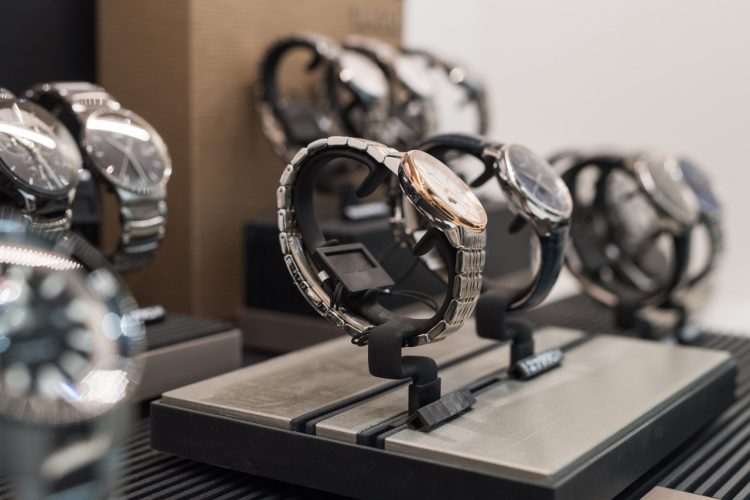Introduction:
The watchmaking industry is a fascinating amalgamation of tradition, craftsmanship, and cutting-edge technology. With many of the world’s most prestigious watch brands boasting rich histories spanning centuries, their long-standing heritage is often a central part of their identity. At the same time, the modern watch market is driven by innovation, with consumers expecting not only timeless design but also technological advancements, durability, and smart features. So, the question arises: Can watch brands balance their heritage with innovation in a way that resonates with today’s market?
In this article, we will explore how watch brands with rich legacies manage to strike a balance between honoring tradition and embracing modern innovations. By examining key aspects such as design, technology, and marketing, we will determine how brands navigate the fine line between maintaining historical continuity and pushing the boundaries of what’s possible in watchmaking.
1. The Importance of Heritage in Watchmaking
1.1 Legacy as a Brand Identity
For many prestigious watch brands, heritage is not just an element of their identity—it defines it. Brands like Rolex, Patek Philippe, Omega, and Audemars Piguet have built their reputations on the foundation of decades or even centuries of watchmaking expertise. The history of these brands often represents a time-honored commitment to craftsmanship, precision, and luxury, making it an integral part of their allure.
- Craftsmanship and Artistry: The meticulous hand-finishing, the expertise in mechanical movements, and the patented complications associated with these historic brands create a legacy that many consumers find compelling. The craftsmanship is not just about the end product—it reflects a tradition passed down through generations.
- Timeless Design: The design language of brands like Rolex or Jaeger-LeCoultre has remained relatively consistent over the years, keeping classic models like the Submariner or Reverso recognizable and valuable to collectors. These designs are steeped in tradition, offering a sense of continuity and reliability to buyers.
1.2 The Consumer’s Emotional Connection
The heritage of a brand can create a deep emotional connection with consumers. Owning a timepiece from a brand with a storied history is about more than just acquiring an object—it’s about being part of something greater, something that represents a legacy.
- Ownership of History: For many buyers, purchasing a watch from a prestigious, historically rich brand represents an investment in tradition. This emotional appeal can drive brand loyalty and enhance the perceived value of the product.
- Exclusivity and Prestige: Legacy brands are also associated with exclusivity. Their limited production runs and attention to detail make them highly coveted by collectors. Owning a watch from such a brand is often seen as a status symbol—an acknowledgment of the wearer’s connection to the brand’s history and status.
2. Embracing Innovation in the Modern Market
2.1 Adapting to Technological Changes
In today’s highly competitive watch market, innovation plays an important role in ensuring that brands remain relevant. The evolution of materials, movements, and functions has drastically changed how watches are perceived and how they perform.
- New Materials: Historically, luxury watches have been made of traditional materials like gold, stainless steel, and platinum. However, to stay competitive, many brands have begun integrating ceramic, titanium, and even carbon fiber into their models to offer benefits such as increased durability, reduced weight, and enhanced scratch resistance. Omega’s use of ceramic for the bezel of the Seamaster or Audemars Piguet’s innovative use of titanium in its Royal Oak Offshore collection are examples of this.
- Advanced Movements: The introduction of new technologies in mechanical movements has allowed watchmakers to push the boundaries of accuracy and durability. Patek Philippe, for instance, has developed sophisticated movements with tourbillons, perpetual calendars, and minute repeaters, which showcase both their commitment to heritage and their embrace of cutting-edge technology.
2.2 The Rise of Smartwatch Features
With the growing popularity of smartwatches, traditional watchmakers face increased pressure to remain competitive in the digital age. While many established brands may not venture into the full smartwatch market, some are incorporating digital features into their traditional designs, offering a mix of classic aesthetics and modern technology.
- Hybrid Watches: Brands like Tag Heuer and Breitling have introduced hybrid models that combine analog and digital technology. These watches feature classic mechanical movements but include smart features like fitness tracking, Bluetooth connectivity, and notifications, bridging the gap between traditional horology and modern-day demands.
- Smart Materials: Some traditional brands are also experimenting with smart materials that offer enhanced functionalities, such as self-healing coatings or solar-powered movements. These innovations align with consumer interest in sustainability and tech-driven products, while still offering the luxury and craftsmanship that these historic brands are known for.
3. Striking the Right Balance: How Brands Navigate Tradition and Innovation
3.1 Maintaining Design Integrity
While modern advancements in technology are essential, a watch brand’s design is often where its history is most prominently reflected. Heritage brands understand that their designs are integral to their identity and must evolve carefully to maintain both the classic appeal and contemporary relevance.
- Respect for Tradition: Brands like Audemars Piguet and Rolex are careful not to stray too far from their classic design elements. For example, Rolex’s Datejust and Submariner continue to feature familiar designs that are instantly recognizable. These timeless designs maintain consumer loyalty by offering a sense of stability and continuity.
- Subtle Evolution: Even as these brands innovate, they often take a more subtle approach to changes in design. Small tweaks—like adjusting the case size, modifying the lugs, or changing the dial color—ensure that the watches stay relevant without alienating long-time customers who value tradition.
3.2 Creating Limited-Edition and Special Collections
Another way that heritage brands manage to blend tradition and innovation is through the release of limited-edition collections or special collaborations. These pieces often feature innovative elements but maintain core design principles that honor the brand’s legacy.
- Collaborations with Designers and Artists: Omega’s collaboration with James Bond or Jaeger-LeCoultre’s partnership with cartographers for special editions of its Master Geographic collection allow these brands to stay relevant by tapping into modern culture while adhering to their traditional values.
- Limited Editions: Limited-edition releases also offer consumers a sense of exclusivity and the chance to own something unique. By incorporating new materials or movements, these limited releases attract collectors and enthusiasts who appreciate both the heritage of the brand and the novelty of the design.

4. The Market Perception: Tradition vs. Innovation
4.1 The Role of Brand Loyalty
Historically, brands with a rich heritage have built strong customer loyalty. For many, owning a watch from a storied brand represents a significant investment not only in craftsmanship but in history itself. However, modern consumers, particularly younger generations, are more likely to prioritize innovation and personalization over traditional prestige. This shift in preferences requires heritage brands to strike a balance.
- Appealing to New Generations: Younger consumers may not have the same emotional attachment to legacy brands as older generations, so these brands must appeal to their desire for customization, innovation, and technological advancement. Through hybrid models, personalization options, and a focus on sustainability, heritage brands can win over younger buyers without compromising their legacy.
- Perception of Value: A watch from a legacy brand is often seen as an investment in quality, craftsmanship, and tradition. As more brands introduce innovations, the market perception of what constitutes value continues to evolve. The challenge for historic brands is to demonstrate that their innovations uphold the same level of luxury and craftsmanship that defined their reputation in the past.
5. Conclusion:
The balance between heritage and innovation is a delicate one, but it is essential for historic watch brands to remain competitive in today’s market. By integrating modern technologies while staying true to their core values and classic designs, these brands are able to offer timeless appeal alongside cutting-edge features. Heritage brands must continue to adapt to changing consumer demands while remaining rooted in the tradition that has made them successful.
Ultimately, the most successful brands are those that can preserve their rich legacies while embracing innovation in a way that enhances their authenticity and prestige. By doing so, they can continue to captivate the market, fostering both brand loyalty and new generations of passionate collectors.



